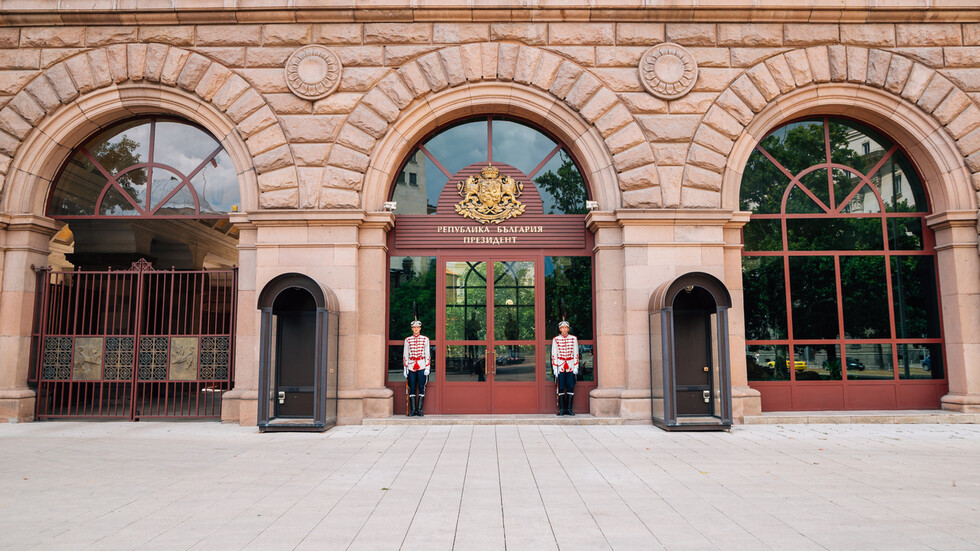Daniel Rosenweg, former major reporter for the newspaper Le Parisien investigated mutual health insurance. He draws up a damning report on the functioning and the drifts of the complementary, some of which are installed in Niort. For him, mutuals are costing us too much.
“The pandemic saved the mutual health organizations 2.8 billion euros in 2020, but they further increased contributions by 2.5% in 2021“, writes Daniel Rosenweg, journalist specializing in health issues in”The (very) dark book of mutuals“(Albin Michel) subtitled”and why do without“.
After this observation, the writer plunged into the very competitive world of mutual health insurance. “Usually, competition drives prices down. Here it is false because it generates new costs“, explains the journalist in an interview with France 3 Poitou-Charentes.
He puts forward the figure of 3 billion euros spent on acquisition costs. “It’s advertising, a little marketing, the commissions paid to intermediaries to seek customers from competitors, since the market is saturated.“.
In his dependent book he writes in particular: “Is it legitimate to finance two car races and a contemporary art center, as Matmut does? To support a professional cycling team, like Groupama or AG2R La Mondiale? Or a sailing race, like the Macif? To play the patrons of the Solidays festival, like Malakoff Humanis … “
Inequalities by city, age and professional status
The other point that irritates the journalist is the unequal treatment between the beneficiaries. “Someone who lives in the Paris region will pay more than someone who lives in Rennes for example“, emits Daniel Rosenweg. The oldest pay more expensive than the young people and the employees are advantaged compared to the others, regrets the writer.”Collective contracts (those of employees) are losing money because there is so much competition, the complementary ones sell at a loss: 740 million loss in 2019, he explains. So they are reconstituted on individual contracts (retirees, students, the self-employed, the unemployed …) which represent 1.2 billion surpluses“.
According to the Lesfurets.com site, on average the French spend 880 € in their complementary health to receive, 417 € of reimbursement from the mutuals according to the Panorama of health expenditure of the Ministry of Health published in 2020.
His solution: the Alsace-Moselle model
The solution for Daniel Rosenweg: the local complementary health model in Alsace-Moselle. “Concretely, this “transparency” translates into a single insurance card, the Vitale card, and by a single interlocutor: the CPAM, primary health insurance funds, on which each depends, and which are responsible for opening rights, manage reimbursements and reimbursements“, he writes. He notably compares the management costs of the two models: 20% in the complementary health and about 1% for that of Alsace-Moselle.
Towards a reform of complementary?
This book comes out while the government of Jean Castex hardens its tone and calls on mutuals not to increase their rates in 2022. For their part, the complementary are considering an increase due to inflation and in particular the increase in medical costs. Additional expenses amounting to 280 million euros, according to La Mutualité Française.
#CommuniquéDePresse | #PowerDbuy of the French, economic situation of #mutual : stop false information ⤵️https://t.co/WRE2NDl1jw
– Mutualité Française (@mutualite_fr) October 21, 2021
The High Council on the future of health insurance will soon give its opinion on a reform of the mutual insurance system: a high level of security, a health shield or even compulsory complementary health …
The future of mutuals will undoubtedly be at the heart of the debates of the presidential election which will be held in 7 months.
–


